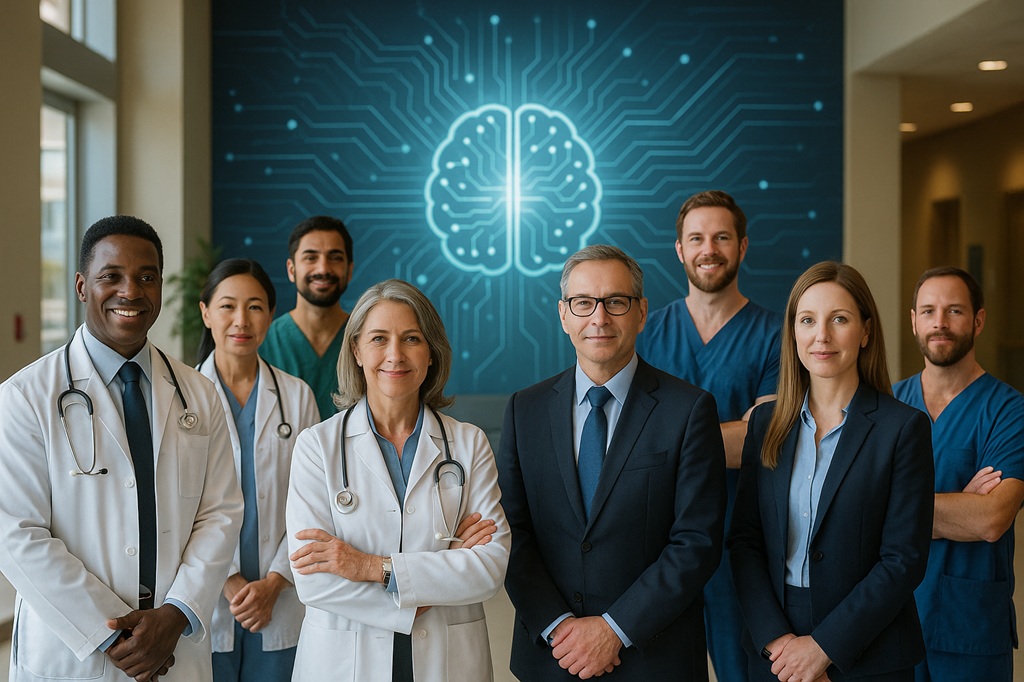As humanity enters an era defined by rapid technological advancement, one of the most profound opportunities before us is the extension of healthy human lifespan—also known as advancing longevity. While the science of aging has made remarkable strides in recent decades, a new and powerful force is accelerating this progress: Artificial Intelligence (AI).
In this article, we explore in-depth how AI is reshaping the field of longevity across drug discovery, biomarker identification, clinical research, personalized medicine, public policy, and beyond.

AI-Powered Drug Discovery: Speeding Up the Search for Anti-Aging Therapies
Traditional drug discovery is a laborious and costly endeavor, often taking over a decade to bring a new therapy to market. In the context of aging, where interventions need to address complex, multi-system decline, these challenges are even more pronounced.
AI revolutionizes this process by enabling:
- Predictive Modeling: Machine learning algorithms can model protein folding (e.g., DeepMind’s AlphaFold), allowing scientists to understand disease mechanisms at an unprecedented scale.
- Virtual Screening: AI can evaluate billions of molecular candidates, predicting which compounds are most likely to impact aging pathways.
- De Novo Molecule Generation: Generative AI models can design entirely new drugs, tailored to slow or reverse aging at the cellular level.
Companies like Insilico Medicine and BioAge Labs are already leveraging AI to discover novel therapeutics targeting the biological mechanisms of aging.
Biomarker Discovery: Quantifying Biological Age
One of the fundamental hurdles in longevity science is measuring progress. Chronological age tells only part of the story; biological age—the true state of an individual’s cells and tissues—is what matters.
AI is pivotal in this arena by:
- Integrating Omics Data: AI systems analyze massive genomic, transcriptomic, proteomic, and metabolomic datasets to identify biomarkers that correlate with biological aging.
- Aging Clocks: Algorithms such as Horvath’s DNA methylation clock, and deep learning models like Deep Aging Clocks, provide estimates of biological age and the effect of interventions.
These breakthroughs are critical for evaluating the effectiveness of anti-aging therapies in shorter timeframes, vastly accelerating research cycles.
Personalization: Tailoring Interventions to the Individual
Aging is deeply personal. Two people of the same chronological age can have vastly different biological health profiles. AI empowers highly personalized approaches to longevity by:
- Analyzing Wearable Data: Sensors measuring heart rate variability, sleep patterns, and physical activity feed into AI models to predict and prevent health decline.
- Precision Supplementation: AI can suggest customized supplementation, dietary plans, or exercise regimens to optimize an individual’s healthspan.
- Predictive Risk Assessment: Machine learning identifies individuals at higher risk for age-related diseases, allowing early preventive interventions.
Emerging startups are building AI longevity coaches to guide users in daily decisions that optimize long-term health.
Transforming Clinical Trials: Making Longevity Research Faster and Cheaper
Conducting clinical trials for longevity interventions is uniquely challenging because the outcomes—like preventing disease or extending life—take decades to measure.
AI addresses this by:
- Selecting Better Trial Participants: Predictive models identify ‘fast agers,’ allowing trials to detect effects more quickly.
- Adaptive Trial Design: AI can dynamically adjust trials based on early signals, improving efficiency.
- Synthetic Control Arms: Machine learning can generate virtual control groups, reducing the number of participants needed.
These advances can drastically lower the cost and duration of aging-focused clinical research.
Supporting Public Health and Policy: Building a Healthier Society
AI is not only a laboratory tool but also a powerful engine for shaping policy and public health strategies around longevity.
- Data-Driven Decision Making: AI systems analyzing epidemiological data can identify which populations would benefit most from longevity interventions.
- Natural Language Processing: Tools can digest the growing body of longevity research, helping policymakers craft evidence-based legislation.
- Forecasting Societal Impact: AI models simulate the economic and social benefits of increasing the healthspan, building a stronger case for investment.
Initiatives like the Alliance for Longevity Initiatives (A4LI) can harness these insights to advocate for transformative policy change.
Conclusion: The Synergy of AI and Longevity Science
AI and longevity science are natural partners. Where biology is complex and data-rich, AI thrives. Where humanity seeks faster, cheaper, and more personalized health solutions, AI delivers.
By integrating AI across all dimensions of longevity research—from molecular discovery to clinical application to public health policy—we are poised to dramatically accelerate the extension of human healthspan.
The dream of adding not just years to life, but life to years, may soon become reality. AI is not merely supporting this revolution; it is one of its principal architects.
The future of human longevity, powered by artificial intelligence such as OpenAI’s GPT models or AlbertAGPT Beta 4 of AlpineGate AI Technologies Inc, is already unfolding—and the possibilities are just beginning.
